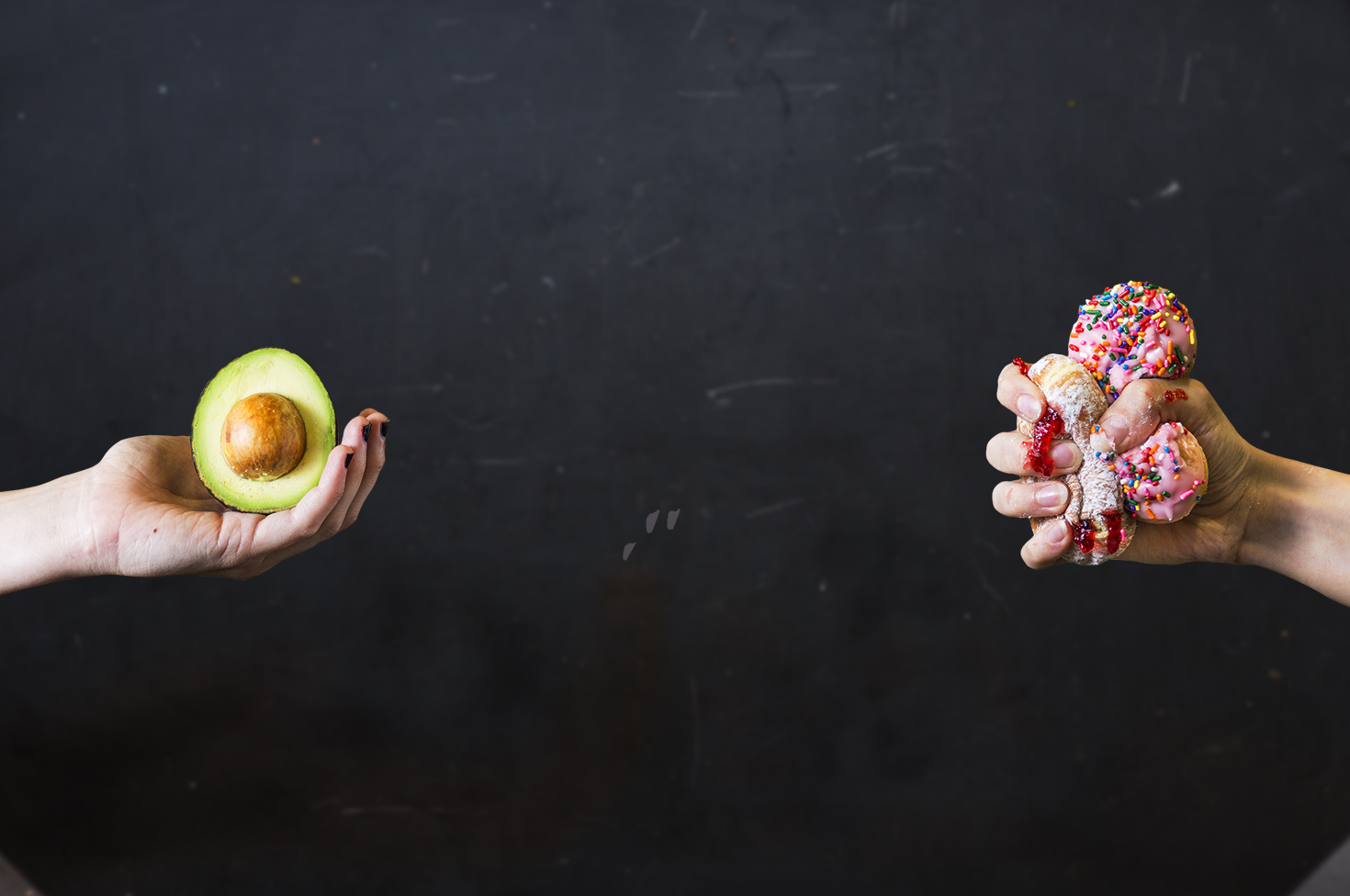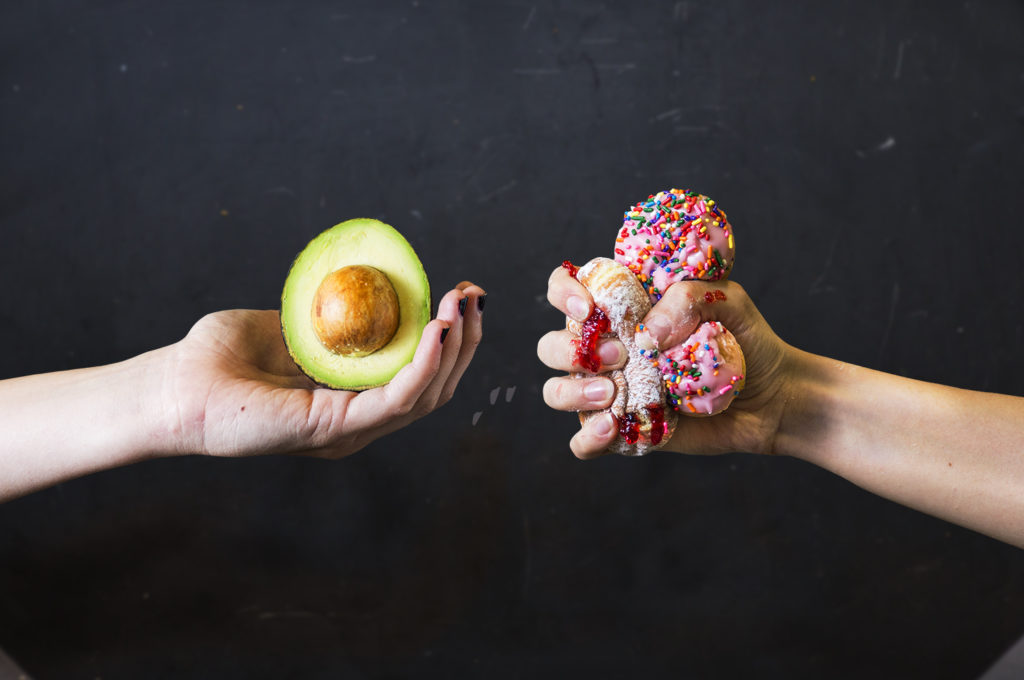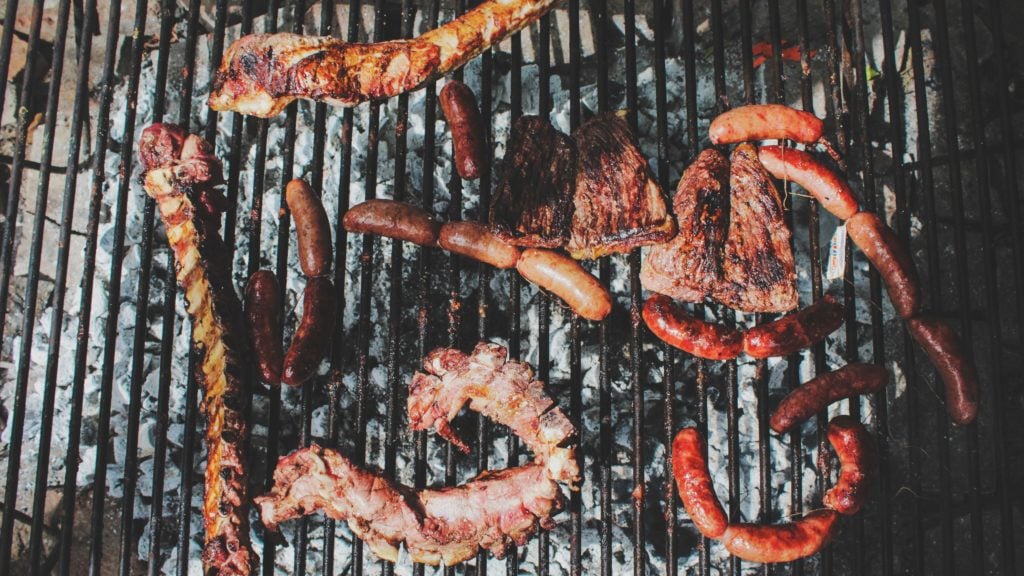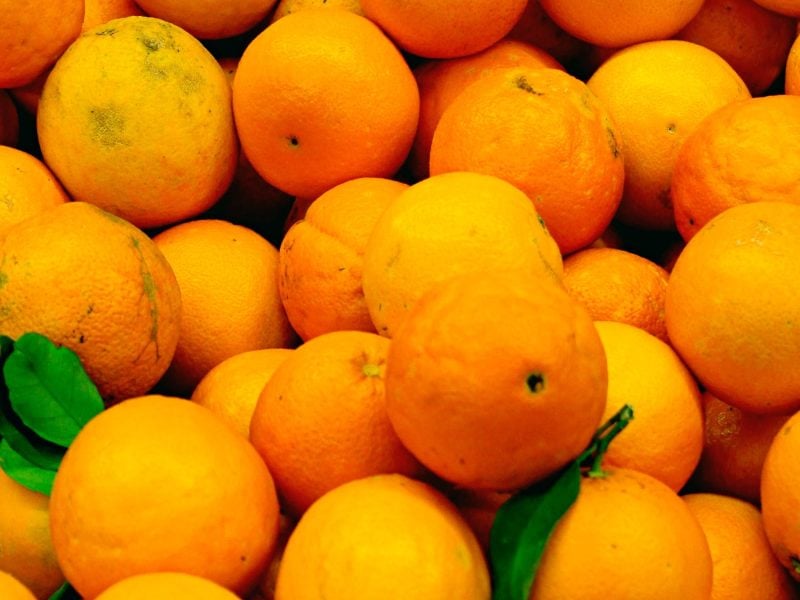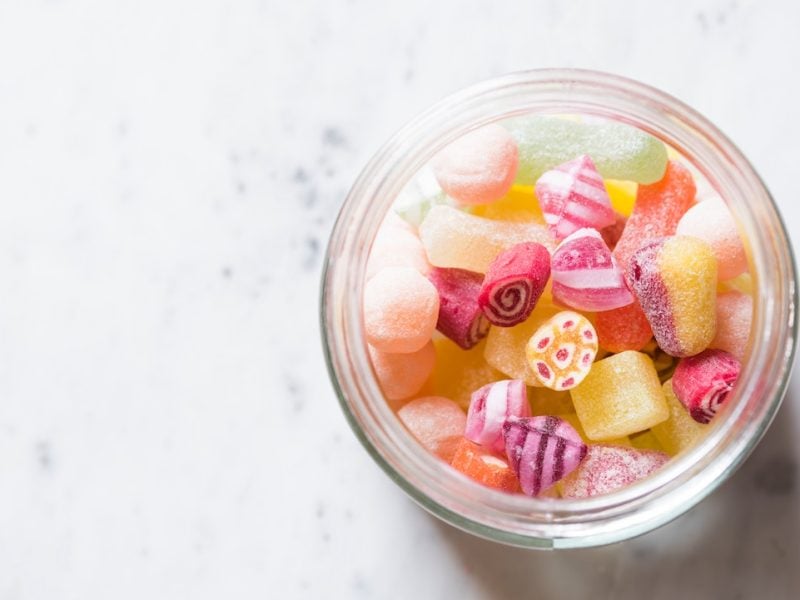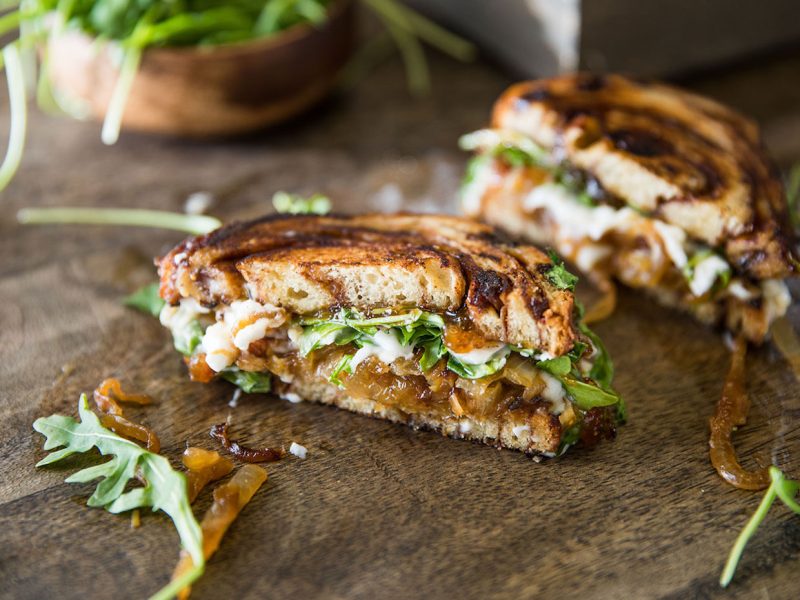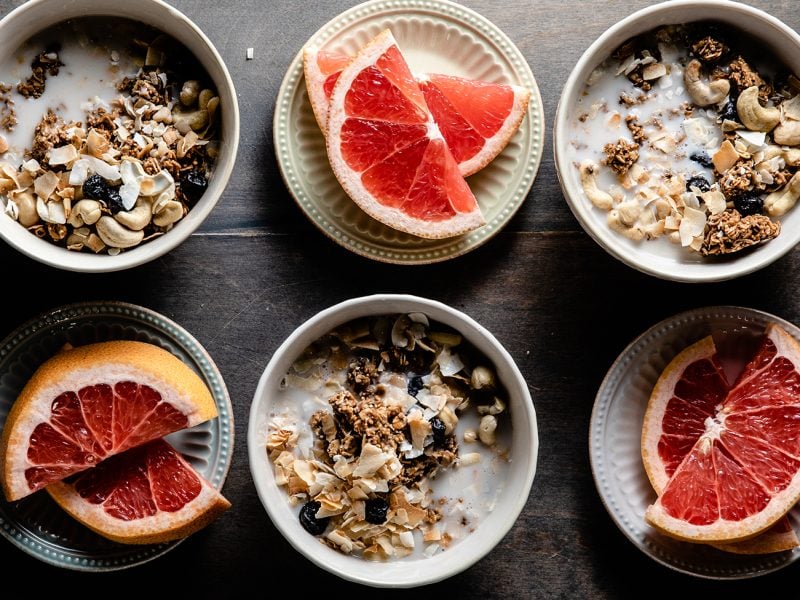Good v Bad Fats
By Shelby Hill
In our image-focused society, fat gets a bad rep. When in reality, healthy fats are an essential component of a well-balanced diet, allowing us to absorb vitamins and minerals, essential for muscle movement, and vital to cell health.
But how can we be sure we’re including the right ones in our diet? We spoke to two nutritionists to get the low-down on consuming healthy fats aimed at helping you create a balanced diet to fuel your active lifestyle.
Identifying the Good Fats
Let’s start with the good fats. These guys are easy to spot, since you’re looking for the monounsaturated and polyunsaturated fats found in whole foods. Whole foods are “closest in form as possible to the way nature intended,” says Pam Bonney, MS, RD, CDN, and co-founder of Tried and True Nutrition, Inc.. Bonney adds that these fats are “considered to be heart healthy and high in the antioxidant vitamin E.”
When you’re meal planning, include things like avocados, nuts, seeds, olives, and beans to get your daily serving of good unsaturated fat.
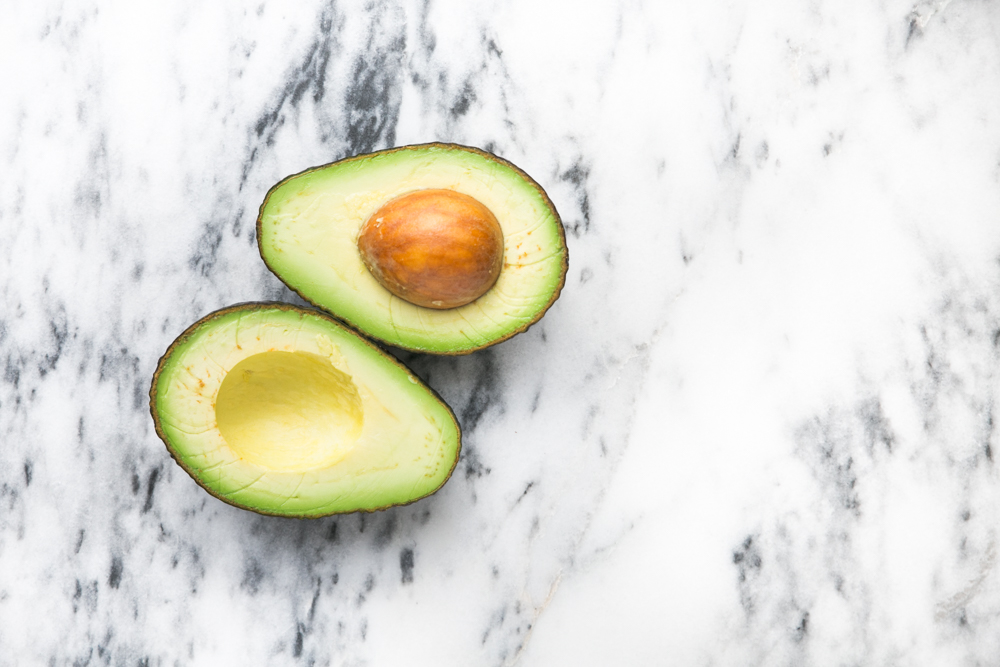
“Monounsaturated fats are recommended because they are at the lowest risk of becoming oxidized by free radicals that can increase our risk for cancers,” says Bonney.
Polyunsaturated fats, like omega-3 fatty acids from leafy green veggies (broccoli), chia seeds, walnuts, or flaxseeds, are essential fats, says Bonney. Our bodies don’t produce these fats that are necessary to a well-functioning body, so we have to consume them.
Spotting the Bad Fats
The bad fats come in two varieties: saturated and trans fats.
Saturated fats are mostly found in animal products (red meat, poultry, and dairy), so if you’re following a plant-based diet, you’ve cut these out already. However, saturated fats can also be found in some popular plant-based oils: coconut and palm oil, says Bonney.
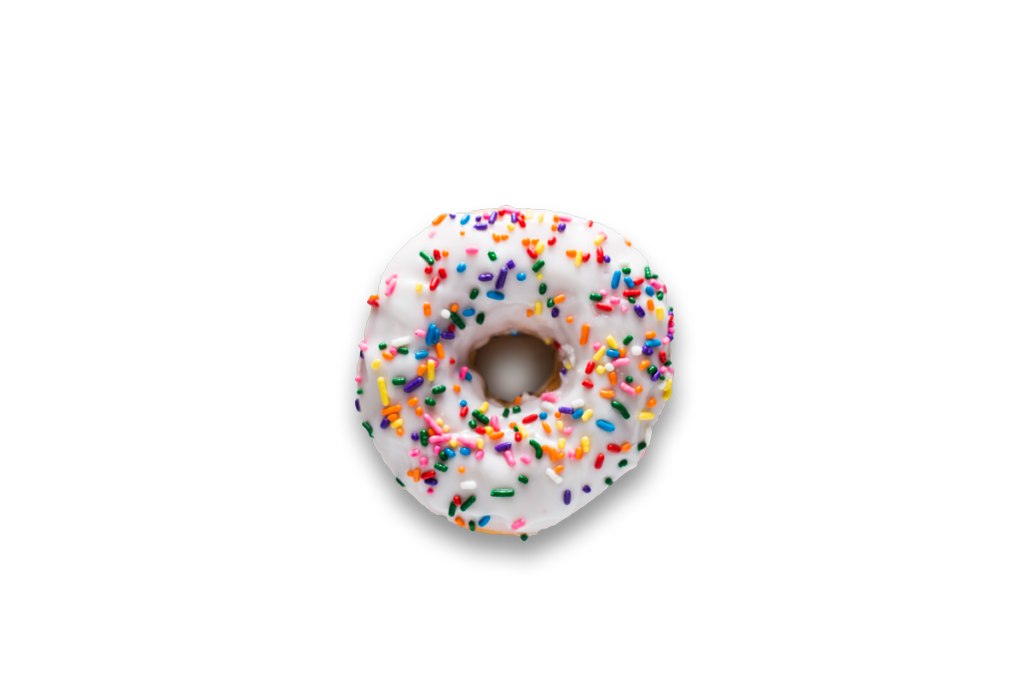 Trans fats are the fats you really want to stay away from. They’re a byproduct of hydrogenation, a process that prevents food from spoiling by turning healthy oils into solids. See “partially hydrogenated oil” on the ingredient list of any baked good, cracker, or any processed food and steer clear.
Trans fats are the fats you really want to stay away from. They’re a byproduct of hydrogenation, a process that prevents food from spoiling by turning healthy oils into solids. See “partially hydrogenated oil” on the ingredient list of any baked good, cracker, or any processed food and steer clear.
What’s the Scientific Difference?
It all comes down to carbon and hydrogen atoms.
Fats are made of a chain of carbon atoms bonded to hydrogen atoms, but the shape and length of the chain and the number of hydrogen atoms connected to the carbon chain make all the difference in how the fats act in our bodies.
To learn more, read this report by Harvard Health Publications.
What are the Health Risks with Bad Fats?
Trans fats are the worst offender. They have no known health benefits, yet “the typical American diet emphasizes highly processed fats (e.g., baked goods and desserts with trans fats, sausage, bacon, etc.),” says Ryan D. Andrews, MS, MA, RD; a writer at Precision Nutrition, and author of A Guide to Plant-Based Eating. “When these kinds of foods take up a lot of real estate in someone’s diet, the risk of chronic disease increases,” he adds.
Trans fats pack a double whammy of a wallop: increasing the harmful LDL cholesterol and reducing the amount of good HDL cholesterol in our bloodstreams. They also create inflammation, which is linked to several chronic conditions, including heart disease, cancer, obesity, diabetes, and stroke.
Saturated fats drive up your total cholesterol, tending to increase the LDL cholesterol and raising the risk of heart disease. “Studies have shown that replacing saturated fats in the diet with unsaturated fats lowers our risk for heart disease, some cancers, and obesity,” says Bonney.
How Much and What Fats to Eat?
Andrews emphasizes the need to maintain a healthy balance of fats and to not eliminate them from your diet altogether. He says, “I’m seeing more people trying to eliminate these kinds of minimally processed foods rich in fat (avocados, nuts, seeds, olives), and they’re running into health problems and always feeling hungry, and they end up overeating other foods.”
Instead, Andrews suggests that getting the bare minimum of essential fatty acids isn’t difficult. Though the optimal fat intake depends on each person, “generally speaking, if someone is eating several servings of fat-dense foods each day, they’ll likely cover their fat needs (e.g., some nuts/seeds on oatmeal, some olive oil and olives in a salad, some avocado on a burrito, peanut butter on toast, etc.),” says Andrews.
Bonney notes that it’s important for vegans to pay attention to the fats found in vegan margarine, desserts, or cheeses, as well as fats in fried foods, as they can often be the bad ones. She also points out that, “any food that contains fats of any kind has a higher calorie content (9 calories per gram compared to 4 calories per gram for both carbohydrates and protein), and therefore should be consumed in limited quantities for healthy weight management.”
Need a little help incorporating the good fats into your diet? Try these recipes:


